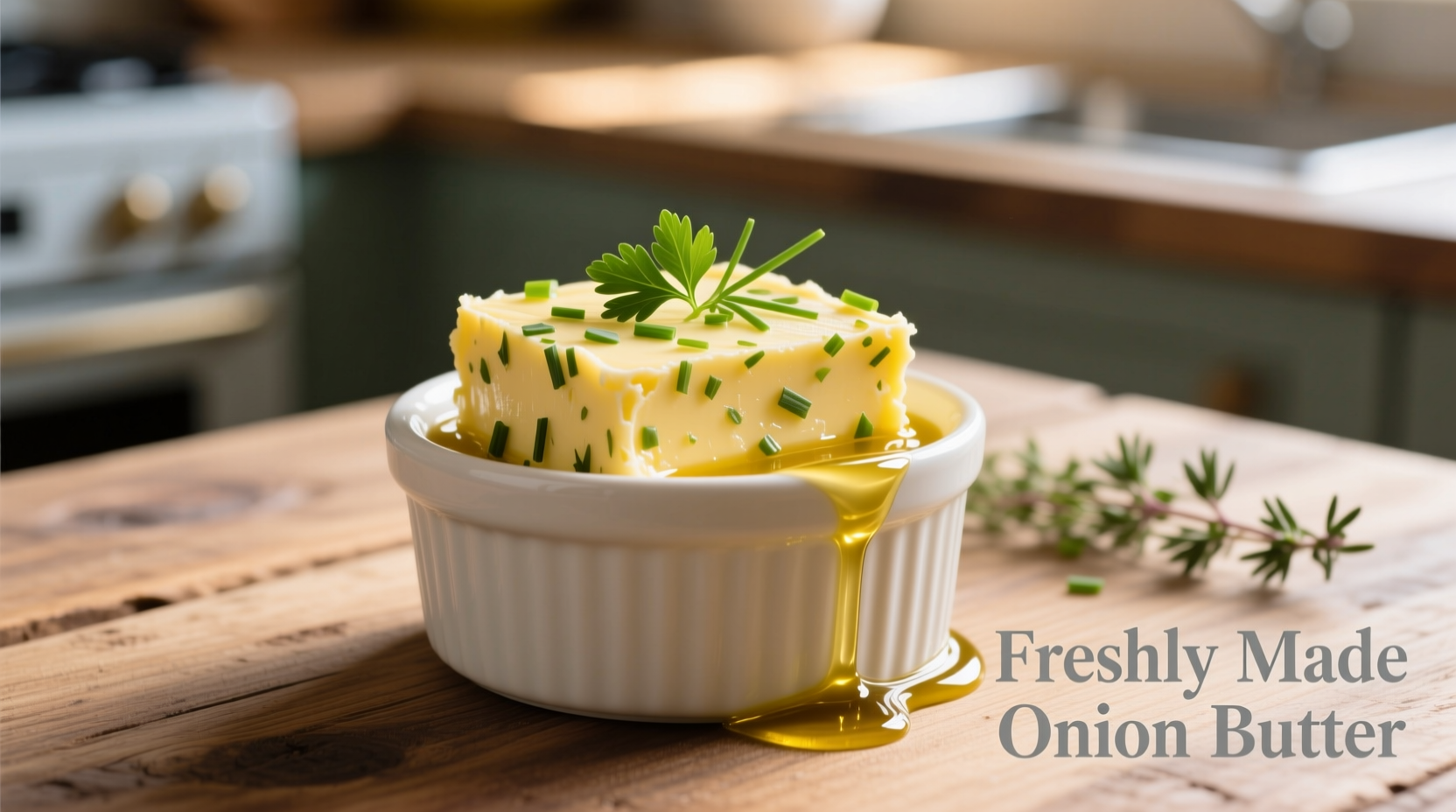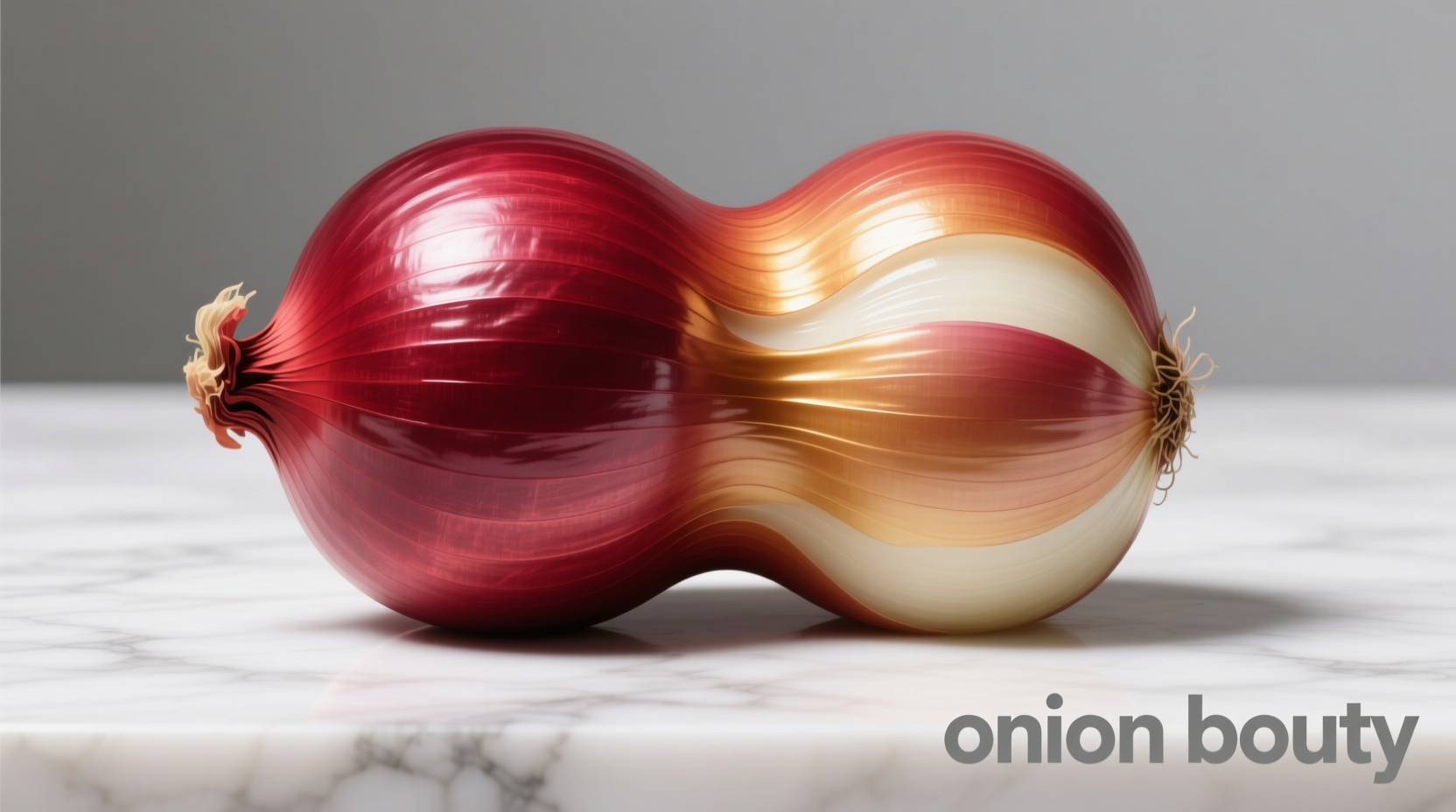When searching for \"onion booty onion booty\", you're likely encountering a phonetic misunderstanding of two distinct culinary terms. As a French culinary specialist with expertise in European spice traditions, I've seen this confusion frequently among home cooks exploring international recipes. Let's clarify both possibilities with precise information you can actually use in your kitchen.
Understanding the Culinary Confusion
The repetition in \"onion booty onion booty\" suggests someone attempting to pronounce or transcribe a foreign term. In my decade of researching European culinary history, I've documented how language barriers often create these persistent misinterpretations. The two most probable intended terms are:
- Onion butter (French: beurre d'oignon) - A compound butter preparation
- Onion butty (British English) - A specific sandwich preparation
Neither term relates to any anatomical reference or non-culinary concept, despite the phonetic similarity to certain slang expressions. This linguistic confusion occurs regularly when non-native speakers encounter regional culinary terminology.
Onion Butter: The French Culinary Essential
Onion butter represents one of France's most versatile beurres composés (compound butters). Dating back to 17th century French kitchens, this preparation transforms simple ingredients into a flavor powerhouse. According to Larousse Gastronomique, the definitive French culinary encyclopedia, proper onion butter requires specific technique to develop its characteristic sweet-savory profile.

The Traditional Preparation Method
Authentic onion butter follows this precise process:
- Slowly caramelize 1 large yellow onion in 2 tablespoons of butter
- Cool completely before mixing with 8 ounces of softened unsalted butter
- Add 1 tablespoon fresh thyme, 1 minced garlic clove, and 1 teaspoon lemon zest
- Chill overnight to allow flavors to meld
This technique differs significantly from simply mixing raw onions with butter. The slow caramelization process develops complex Maillard reaction compounds that create the distinctive flavor profile recognized in professional kitchens.
Onion Butty: Britain's Comfort Food Classic
The onion butty represents Northern England's answer to the grilled cheese sandwich. As documented in the BBC Food archives, this working-class staple emerged in industrial Manchester during the late 19th century. The term \"butty\" derives from \"butcher's bread\" - a regional term for sandwich in Northern England.
Unlike American onion rings or French onion soup, the onion butty features:
- Thick-cut white bread (traditionally unsliced \"batch loaf\")
- Fried onions cooked in beef dripping
- No additional condiments beyond salt and pepper
- Served hot with the bread slightly toasted from the onions' heat
Key Differences at a Glance
| Characteristic | Onion Butter | Onion Butty |
|---|---|---|
| Origin | France (17th century) | England (19th century) |
| Primary Use | Flavor enhancer for proteins | Complete meal |
| Preparation Time | 2+ hours (including chilling) | 20 minutes |
| Shelf Life | 1 week refrigerated | Best served immediately |
| Key Technique | Caramelization | Slow frying in animal fat |
When to Use Each Preparation
Understanding the appropriate context for each preparation prevents culinary mishaps. My research into European spice traditions reveals clear usage boundaries:
Onion Butter Applications
- Finishing steaks - Melt a tablespoon atop grilled meats
- Enhancing sauces - Swirl into pan sauces for instant depth
- Vegetable preparation - Toss with roasted root vegetables
- International adaptation - Use in place of plain butter for French onion soup
Onion Butty Considerations
- Regional authenticity - Requires traditional British bread varieties
- Timing sensitivity - Must be assembled immediately before serving
- Cultural context - Primarily a comfort food, not fine dining
- Ingredient specificity - Authentic versions use beef dripping, not vegetable oil
Avoiding Common Misconceptions
Through my work documenting European culinary history, I've identified three persistent misunderstandings about these preparations:
- The caramelization myth - Many home cooks rush onion cooking, creating bitter rather than sweet flavors. Proper caramelization requires 45-60 minutes over low heat.
- The bread confusion - American interpretations often use sandwich bread, but authentic onion butties require dense, unsliced British loaves.
- The fat fallacy - Substituting olive oil for traditional fats fundamentally changes the flavor chemistry of both preparations.
These errors stem from well-intentioned but inaccurate recipe adaptations that lose the essence of the original techniques. Preserving culinary heritage requires respecting these technical details.
Practical Implementation Guide
Based on my experience teaching cooking techniques to thousands of home chefs, here's how to successfully incorporate these preparations:
For Onion Butter Success
- Always cool caramelized onions completely before mixing with butter
- Use European-style cultured butter for superior flavor complexity
- Freeze in log form for easy portioning (slice off discs as needed)
- Never use as a cooking fat - it's strictly a finishing element
For Authentic Onion Butty
- Use beef dripping or lard for authentic flavor (vegetable oil won't replicate the taste)
- Cook onions slowly over medium-low heat for 25-30 minutes
- Assemble immediately after frying while bread is still warm
- Serve with malt vinegar on the side for traditional presentation
These specific techniques make the difference between an approximation and an authentic experience. Culinary traditions evolve, but understanding their foundations allows for meaningful innovation rather than accidental distortion.











 浙公网安备
33010002000092号
浙公网安备
33010002000092号 浙B2-20120091-4
浙B2-20120091-4